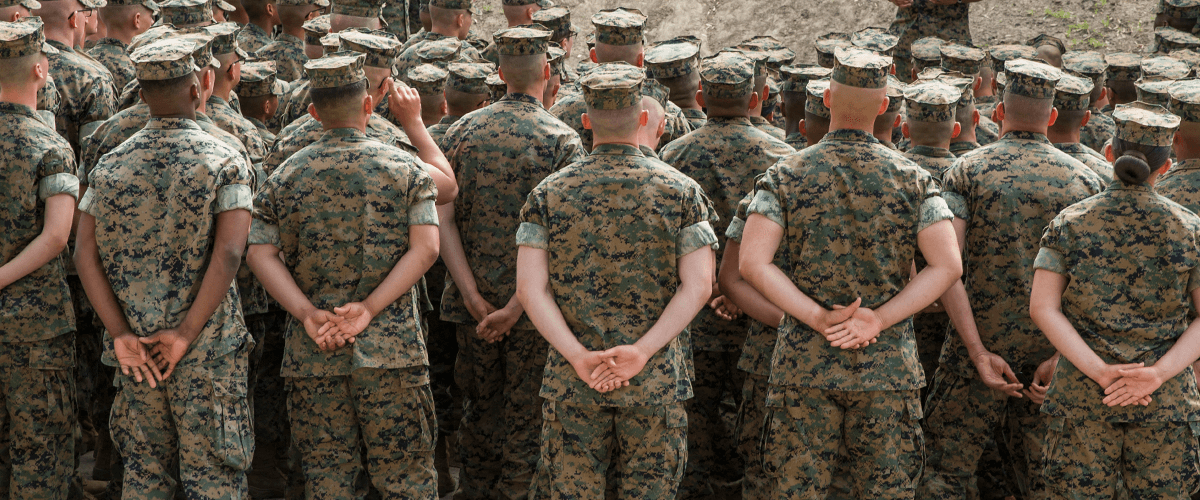Prevention Starts with You

The Marine Corps is strengthening its efforts to prevent harmful behaviors, which is a lofty but achievable goal if everyone works together: Marines, families, civilian staff, and the community. What are harmful behaviors? In the Marine Corps, harmful behaviors focus’ on suicide, substance abuse, sexual assault, and domestic violence, which includes child abuse.
Prevention is not the sole domain of professionals. People prevent things from happening all the time. For example, you drink water to prevent dehydration, wear sunscreen to prevent a sunburn, and change the oil in your car to prevent engine problems.
By providing prevention activities and education, the Marine Corps can impact readiness, safety, security, and the overall quality of the Marine Corps community. These skills can also help manage stress and other challenges.
Prevention experts often talk about two things that affect wellness: risk and protective factors. Most people have heard of risk factors: characteristics that increase the likelihood of a person experiencing harmful behaviors. The term protective factor is less familiar: characteristics that directly decrease the likelihood of, or buffer a person from experiencing, harmful behaviors. These can promote health, overall well-being, and can build skills to bounce back from personal struggles.
Examples of risk factors include younger age, social isolation, unhealthy command climate, lack of community resources or access to recreational facilities, legal problems, health complications, genetic predisposition to addiction, prenatal exposure to alcohol, childhood abuse or neglect, parental use of drugs or alcohol, neighborhood poverty or violence, and rules or laws that are favorable for substance use.
Examples of protective factors include life skills, social support, connectedness and unit cohesion, access to recreational activities, a healthy command climate, leadership support, empathy, and access to health and social services. They can reduce the likelihood of more than one harmful behavior. For example, connectedness can protect against and reduce the risk of substance misuse and suicide.
Assessments at the installation level have identified risk and protective factors across the Marine Corps:
Risk Factors: boredom, easy access to alcohol, negative peer influence, and a lack or shortage of alternative activities.
Protective Factors: connectedness, such as participation in positive activities, including movie nights, bowling tournaments, sports games, game nights, family fun events, and health fairs. Other protective factors include the availability of helpful resources.
Peer support and influence can be both a risk and a protective factor:
Risk Factor: Peer influence can lead an individual to participate in a hazardous activity.
Protective Factor: Peer influence can also guide an individual to participate in a positive activity.
By working together, Marines and their families can help strengthen the overall protective factors for our Marine Corps community by participating in and promoting positive activities that foster health, wellness, and safety.